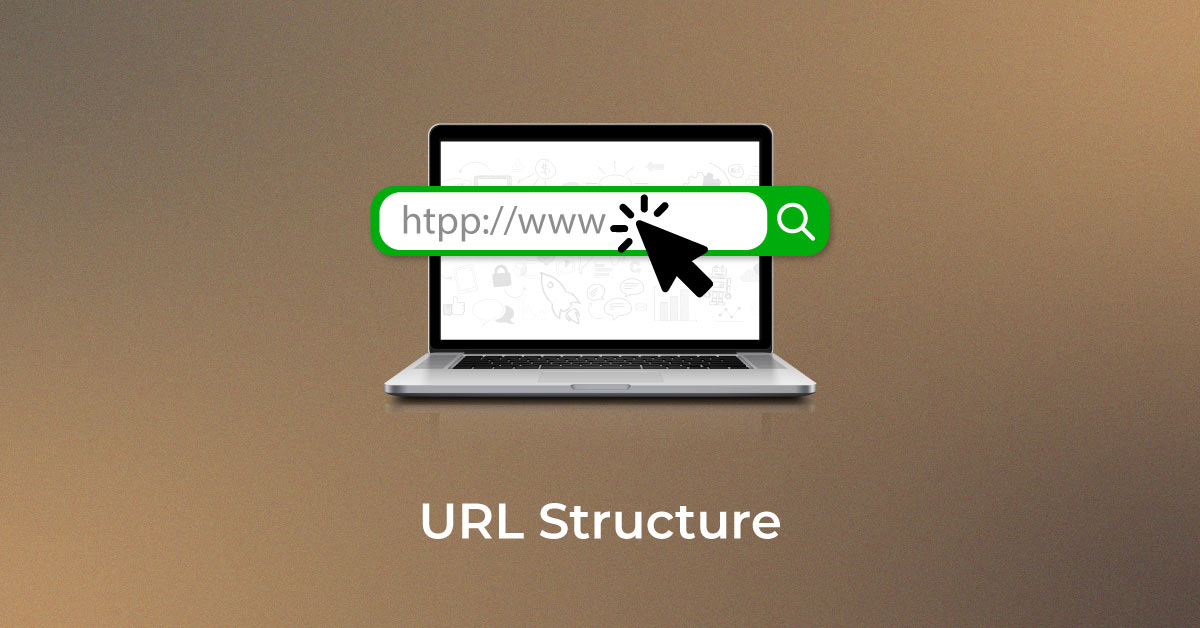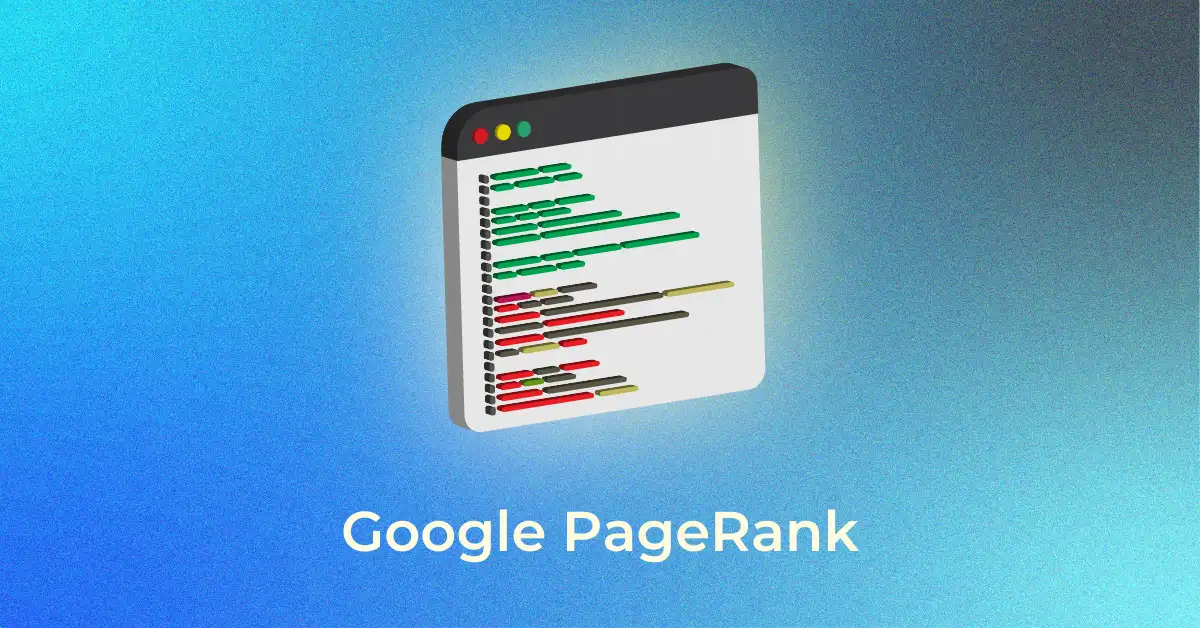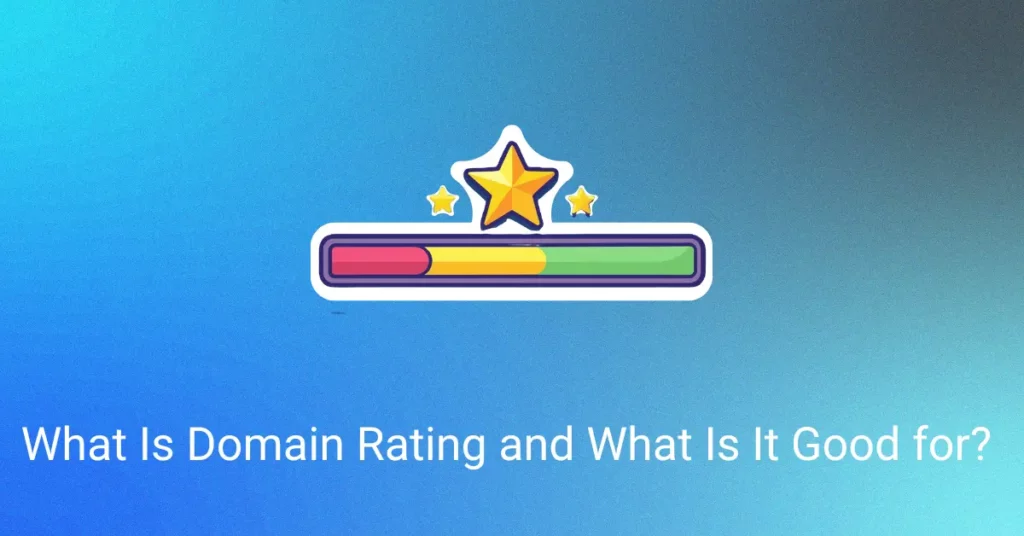Domain rating is a metric that helps domain and website owners make informed decisions about a website’s or a domain’s SEO performance, the gaps in it, and its potential for improvement. It is a relative metric.
It is useful to understand whether a website’s backlinks are doing any good by increasing search traffic and sending more visitors towards it.
To improve your domain rating and to make better SEO-related decisions, it is imperative to understand the nitty-gritty of this metric.
Therefore, to make your website climb higher on SERPs, let’s dive deeper into what domain rating is.
What is domain rating?
As mentioned earlier, domain rating is a relative metric. It assigns a rating to your website or domain in comparison to other websites and domains. The higher your domain rating, the higher your SERP ranking will be.
A higher domain rating indicates the authority and trustworthiness of your website or domain.
It is determined on a logarithmic scale. The score on the scale ranges from 0 to 100. The higher the score, the better. All new websites start at the lower end of the scale and move up the scale as the strength of their backlink profile increases.
How is domain rating determined?
To get started, understanding what is domain rating is necessary for SEO. Domain rating is somewhat similar to PageRank. However, while PageRank compares and ranks web pages, domain rating compares and rates websites.
To understand the process of determining domain rating, let’s take the example of a hypothetical domain, PQR.com.
- All the domains with the following links to PQR.com are filtered.
- The number of other domains (besides PQR.com) to which the above domains link is determined.
- The domain rating of the linking domain (filtered in step 1 above) is divided by the number of unique domains that it links to.
- The more domains a particular domain (which is linked to PQR.com) links to, lesser the domain rating benefit that it gives to PQR.com.
It doesn’t matter how many links a particular domain sends to PQR.com. PQR.com’s rating is affected only by the 1st link sent by any domain.
When these domains link to multiple other domains, the domain rating of PQR.com may go down. On the other hand, if the rating of the domain linked to PQR.com increases, PQR.com may also see an increase in its rating.
Domain rating may consider factors such as referring domain, linking root domain, age of domain, traffic on a website, etc. However, Ahrefs.com considers only the number of backlinks to your domain. So, large numbers of low-quality backlinks may help to increase domain ratings. Just be careful that they should not be spam.
Does domain rating help increase search traffic?
The short answer is yes. Domain rating does help in increasing search traffic. However, that may not be very useful in the long term if the content on your website is of poor quality.
Google ranks pages based on the utility and authority of their content. It does not rank whole websites. Hence, your long-term strategy should be to provide value to your website audience by creating top-quality and useful content. This will earn you quality backlinks and establish you as an authority in your domain.
As a result, your domain rating will grow organically.
What are the primary uses of domain rating?
Domain rating is a good measure to understand the popularity of a website’s content. It gauges the number of times a website has been linked to.
Domain rating has 2 primary use cases. Let’s discuss them in detail.
Gauging the ranking potential
Your competitor is your best guide on how to improve your rating. Analyze the website of a competitor with ratings similar to yours. Find out the keywords that attract visitors to their website. Do you also rank for these keywords? If not, you know what to do. Amalgamate these keywords into your content, and you may notice your domain rating improve.
Do take note that using keywords from a website that is much more highly ranked than yours may not yield any results. For example, if your rating is 30, go after a website with a 31, 32, or 33 rating. Replicating a website with a seventy rating may not be fruitful.
Link prospecting
The internet is virtually an infinite space. There may be hundreds of websites that are relevant to you and from which you would like to acquire a backlink. So which ones do you choose?
Domain rating can help you overcome this dilemma. Prioritize those websites that have a higher rating. They are more likely to increase your rating too.
For example, the weight that the webpage of a big publication carries will most likely be more than that of a private blog. You should prioritize writing for the publication and getting a backlink from them. This backlink may be able to boost your domain rating.
There are a host of other factors that determine how much value a particular backlink may add to your website and, thus, increase your domain rating. However, choosing backlinks from an authoritative source with a high domain rating is a good starting point.
Do all subdomains have the same domain rating as their base domain?
The short answer here is no. All subdomains may not carry the same rating as their base domains.
For instance, wordpress.com is a ‘service root domain.’ Any creator or business, can create a subdomain at wordpress.com and upload their own content there.
Now, all these subdomains belong to different people. They carry a wide range of content that may not be related to each other. Hence, these subdomains cannot have the same domain rating as wordpress.com.
On the other hand, wordpress.org is not open to all. Only the proprietors of wordpress.org can create and upload content on it. Hence, the subdomains share the rating of its parent domain.
Some examples of domains that do not let their subdomains inherit their ratings are:
- wikispaces.com
- hubpages.com
- blogspot.com
Are domain rating and Ahrefs Rank related to each other?
Though both these metrics gauge the strength of a domain’s backlink profile, they measure it in different ways. Ahrefs Rank arranges websites in descending order of the strength of their backlink profiles. While domain rating considers the number of backlinks and their quality.
For instance, ABC.com, BCA.com, and CAB.com all may have the same domain rating of, say, 84. But their Ahrefs Ranks may differ.
Consider the following hypothetical Ahrefs Rank for the 3 websites:
- AR 234 – ABC.com
- AR 237 – BCA.com
- AR 358 – CAB.com
Here, ABC.com has just a slightly stronger backlink profile compared to BCA.com, with only 2 other websites in between them. However, there are 121 websites with a stronger backlink profile than CAB.com (AR 358) but a weaker one than BCA.com (AR 237).
This is how you can distinguish between websites with the same domain rating but different Ahrefs Rating.
Conclusion
To increase search traffic towards your website, it is necessary to rank higher on SERPs. The best way to do this organically is to create quality content and provide immense value. This content will earn you backlinks, hopefully from other authorities and quality sources.
This will add credibility to your website, and your domain rating will increase. Google considers this domain rating and ranks you higher on SERPs for relevant queries.
To compete effectively in today’s cyber world, a high domain rating has become indispensable.
Popular Searches
How useful was this post?
0 / 5. 0

















